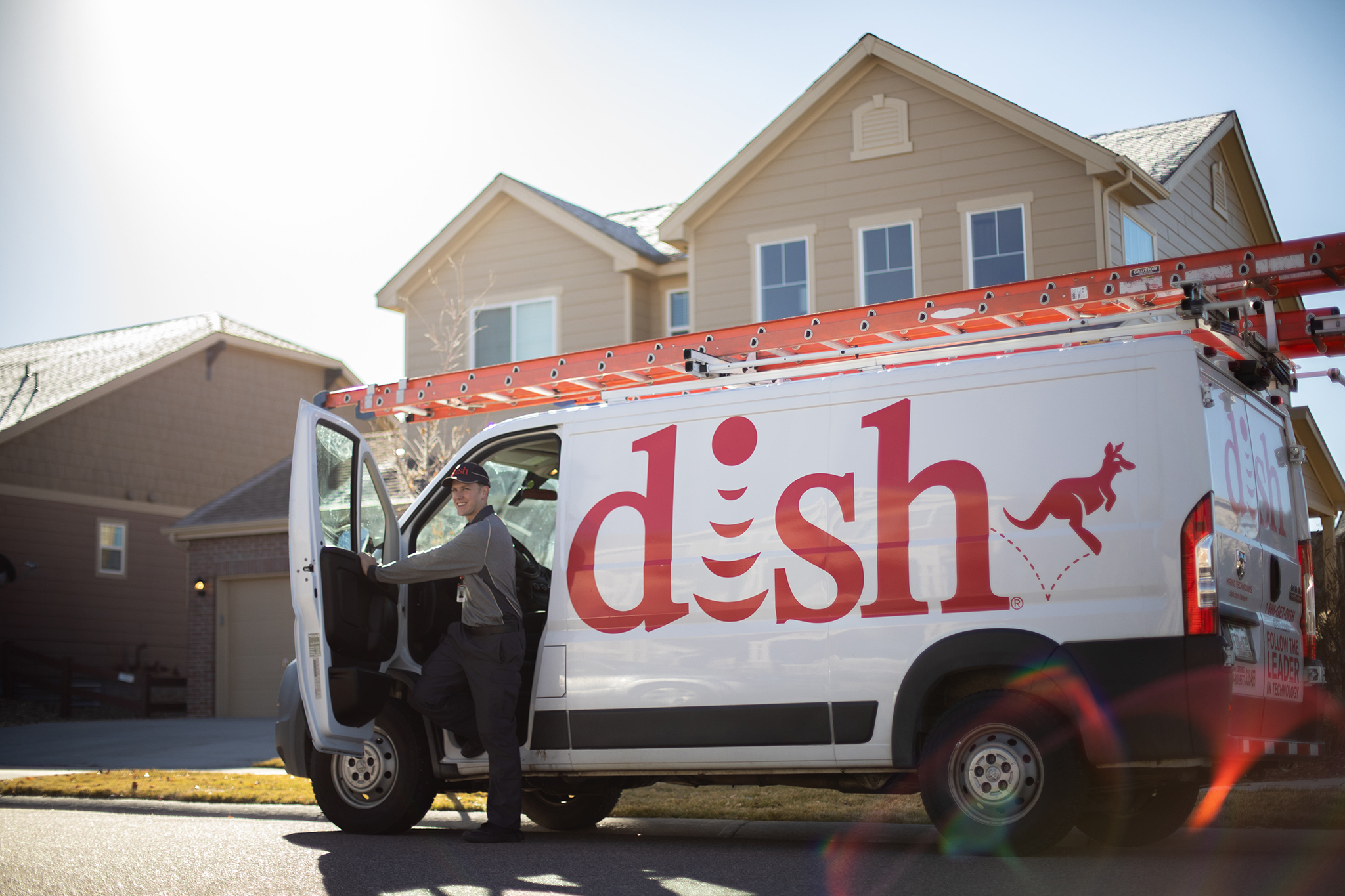Dish Network Loses 284,000 Subs as Second-Quarter Profits Drop
Satellite company to recombine with Charlie Ergen’s EchoStar

Dish Network reported lower second-quarter profits as it lost 294,000 more pay TV subscribers.
Dish also announced it made a deal to combine again with EchoStar Corp. Both companies are controlled by Dish chairman Charlie Ergen. The companies were separated in 2007.
Dish’s second-quarter net income was $200 million, or 31 cents a share, compared to $523 million, or $82 cents a share, a year ago.
Revenue dropped 7% to $2.91 billion from $4.21 billion.
Dish finished the quarter with 8.9 million pay TV subscribers, down 294,000 from the end of Q1 and 1.084 million from a year ago.
Satellite customers were down 197,000 from the first quarter and 890,000 from a year ago.
Dish’s Sling TV streaming service lost 97,000 subscribers, finishing the quarter with 2.003 million customers. A year ago it had 2.197 million subscribers, a loss of 194,000.
The smarter way to stay on top of the multichannel video marketplace. Sign up below.
Under the proposed deal to combine Dish and EchoStar, EchoStar Corp. stockholders will receive 2.85 shares of Dish Network Class A common stock for each share of EchoStar Corporation class-A, class-C or class-D common stock and 2.85 shares of Dish Network class-B common stock for each share of EchoStar Corporation class-B common stock they own.
The exchange ratio represents a premium of 12.9% to EchoStar stockholders as implied by the unaffected 30-day volume weighted average closing stock prices of the two companies on July 5, 2023, the last full trading day prior to media speculation regarding a potential transaction, Dish said.
“This is a strategically and financially compelling combination that is all about growth and building a long-term sustainable business,” Ergen said. “Dish’s substantial past investments in spectrum and its wireless buildout, combined with EchoStar's recent launch of Jupiter 3, are expected to significantly reduce near-term capex requirements. The transaction is expected to generate significant cost and revenue synergies, and the strong asset portfolio of the combined company paired with its enhanced free cash flow generation capability and strengthened capital structure are expected to drive long-term value creation for our shareholders and other stakeholders.”
Jon has been business editor of Broadcasting+Cable since 2010. He focuses on revenue-generating activities, including advertising and distribution, as well as executive intrigue and merger and acquisition activity. Just about any story is fair game, if a dollar sign can make its way into the article. Before B+C, Jon covered the industry for TVWeek, Cable World, Electronic Media, Advertising Age and The New York Post. A native New Yorker, Jon is hiding in plain sight in the suburbs of Chicago.

